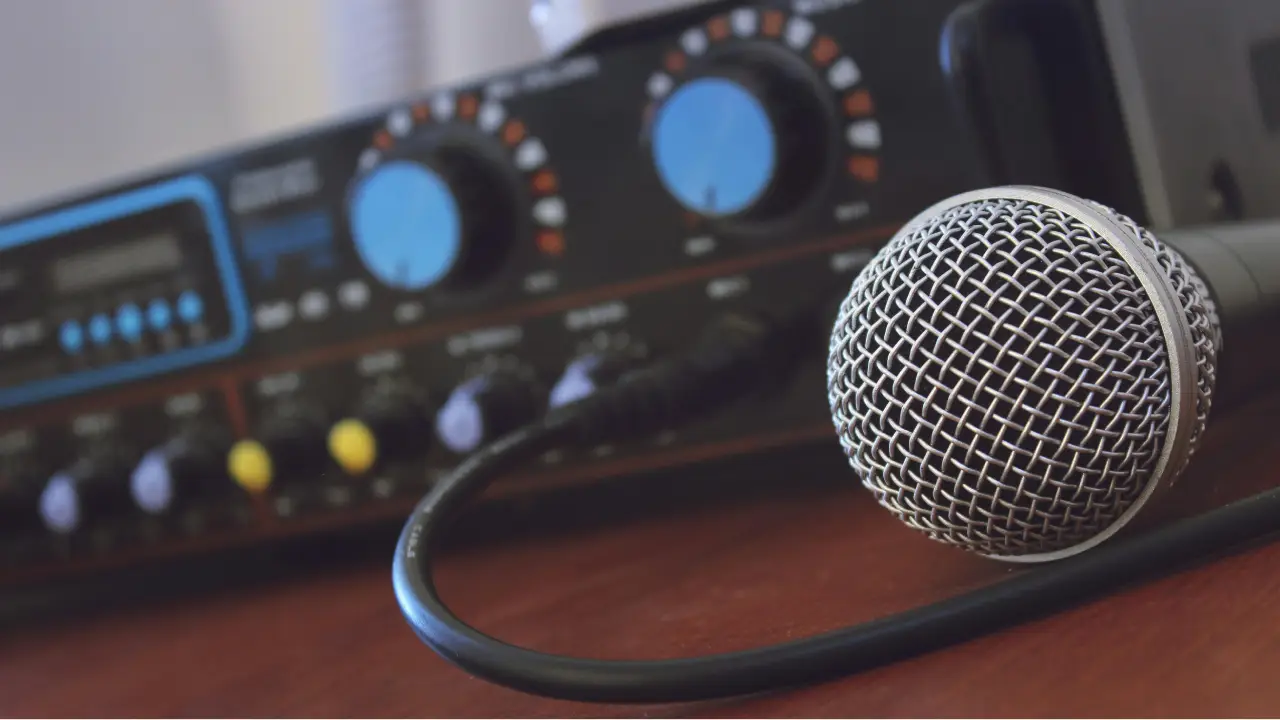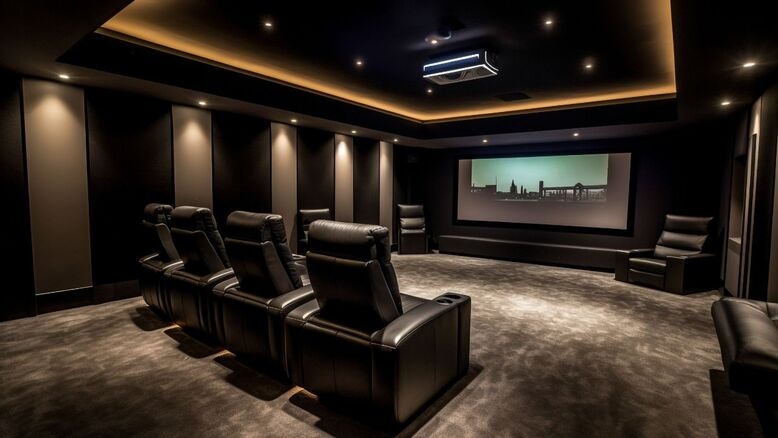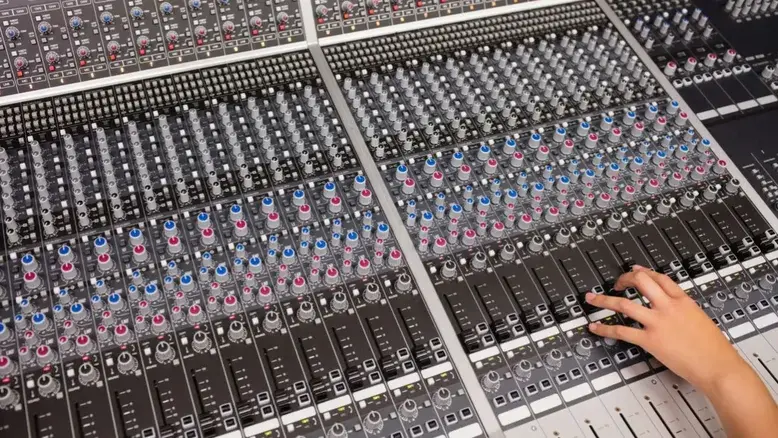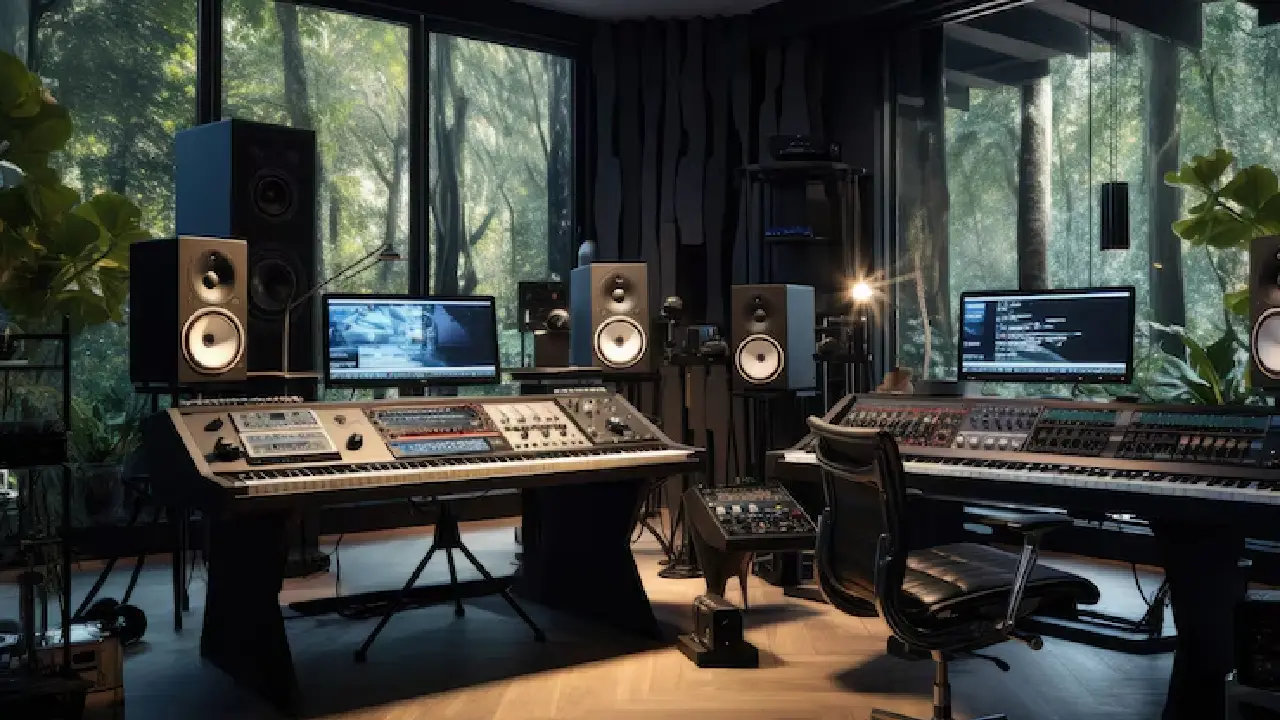In large-scale manufacturing units, where machinery noise, large floor space, and workforce coordination pose daily challenges, having a reliable Public Address (PA) system is more than just a convenience—it’s a necessity. From conveying instructions to managing emergencies and improving safety, the right PA system can dramatically improve operational efficiency and workplace communication.
But not all PA systems are created equal. In this blog, we’ll guide you through the key factors to consider when choosing the right PA system for large manufacturing facilities, including size, noise levels, zoning, and communication needs.
1. Assess the Physical Size and Layout of the Facility
Manufacturing plants vary in size—from a single large warehouse to multi-building industrial campuses. The PA system must be powerful enough to cover all corners of the facility.
What to consider:
- Total square footage and number of zones required (e.g., assembly line, loading dock, admin office).
- Indoor vs. outdoor areas, and open vs. partitioned zones.
- Speaker placement strategy to ensure even sound distribution without overlaps or dead zones.
Solution Tip: Use horn speakers or long-throw speakers for large, open areas, and ceiling or wall-mounted speakers in smaller or quieter zones like offices or meeting rooms.
2. Consider Ambient Noise Levels
Factories are noisy. From welding to conveyor belts to forklifts, industrial noise can easily overpower weak audio signals. Your PA system must overcome these ambient sounds without distortion.
What to consider:
- Average decibel level in operating zones.
- Types of background noise and whether it’s constant or intermittent.
- Speaker wattage and clarity at high volumes.
Solution Tip: Choose high-powered, noise-compensating speakers that maintain clarity even in high-decibel environments. Also consider integrating zone volume control to adjust sound levels as needed.
3. Define Your Communication Needs
Not all manufacturing units have the same communication needs. Identify what you want your PA system to do:
- Routine announcements and shift changes
- Live paging and intercom between departments
- Pre-recorded safety messages
- Emergency alerts and evacuation instructions
- Music or ambient audio in rest areas or canteens
Solution Tip: Go for a multi-zone system with centralized control, allowing tailored messages to different areas (e.g., paging only to the warehouse or broadcasting music only in the lunchroom).
4. Choose Between Wired and Wireless Systems
Both wired and wireless PA systems are used in manufacturing setups—each with its own pros and cons.
- Wired Systems:
- More stable, reliable, and secure
- Ideal for permanent setups
- Lower interference, especially in metal-heavy environments
- Wireless Systems:
- Easier to install and expand
- Flexible for dynamic layouts or temporary structures
- Slightly higher risk of signal disruption in noisy or congested environments
Solution Tip: Use a hybrid approach—wired systems for core operations and wireless speakers in remote or temporary zones.
5. Integration and Smart Features
Modern industrial PA systems come with advanced features that enhance their usefulness and ease of operation.
Look for:
- Emergency override functions to interrupt music or announcements during crises
- Remote control or IP-based management for multi-site operations
- Integration with fire alarms, CCTV, and building management systems
- Battery backup and surge protection for uninterrupted service during power outages
Solution Tip: Choose IP-enabled PA systems that can be monitored and controlled from a central location—even offsite if needed.
6. Budget and Long-Term Maintenance
While upfront cost is important, also consider:
- Long-term maintenance
- Durability in industrial environments (dust, humidity, vibrations)
- Availability of support and spare parts
- Power consumption over time
Solution Tip: Invest in industrial-grade, weather-resistant components and ensure the system is easy to service without halting production.
7. Vendor Experience and Support
Working with the right vendor makes all the difference. Choose a supplier that understands industrial environments and offers:
- Custom design and consultation
- On-site installation and speaker positioning
- After-sales support, training, and emergency assistance
Conclusion
Choosing the right PA system for a large-scale manufacturing unit isn’t just about sound—it’s about safety, productivity, and smooth communication across departments. A well-planned system tailored to your facility’s size, layout, and noise conditions can save time, prevent accidents, and improve coordination across the board.
At AudioCare, we specialize in designing and installing high-performance PA systems for industrial environments. Whether you run a small production plant or a multi-building manufacturing hub, we can deliver a system that works for you.
Get in touch with us at +919826089815 or visit www.audiocare.in to schedule a site visit or get a customized quote. Let’s make your factory louder, clearer, and safer.







